Vegetables for babies and toddlers
Vegetables provide lots of nutrients and are important for growth and development. They are great first foods and including them in your little one's diet will set up great habits for a lifetime.
When babies reach 6 months, they are ready for food to be introduced into their diet, alongside breast milk or formula. Vegetables make a great first food; be sure to prepare them and move through the stages as below.
Preparation:
- Select good quality, fresh vegetables.
- Wash them well.
- Peel and remove seeds if necessary.
- Slice into even-sized pieces.
- Boil, steam, or microwave with a small amount of water until soft.
- Purée, sieve, or use a handheld blender, to make sure the vegetables don’t have any lumps.
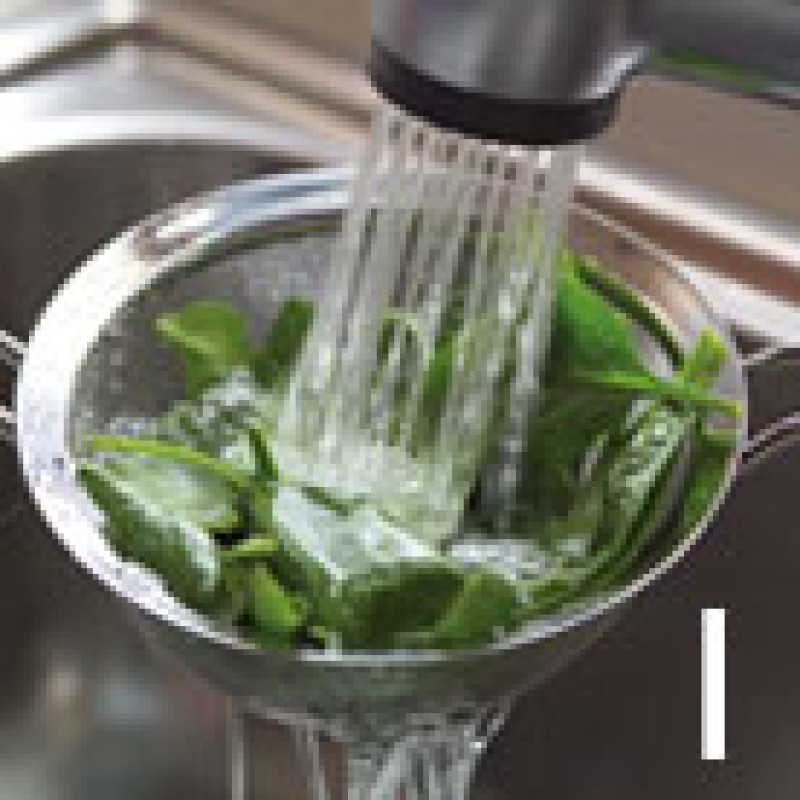
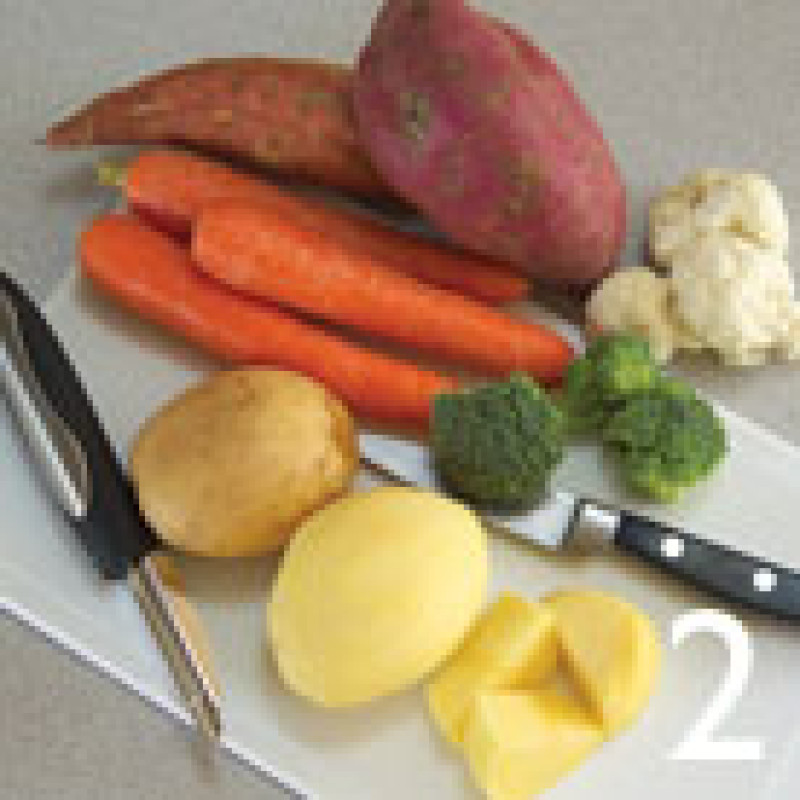
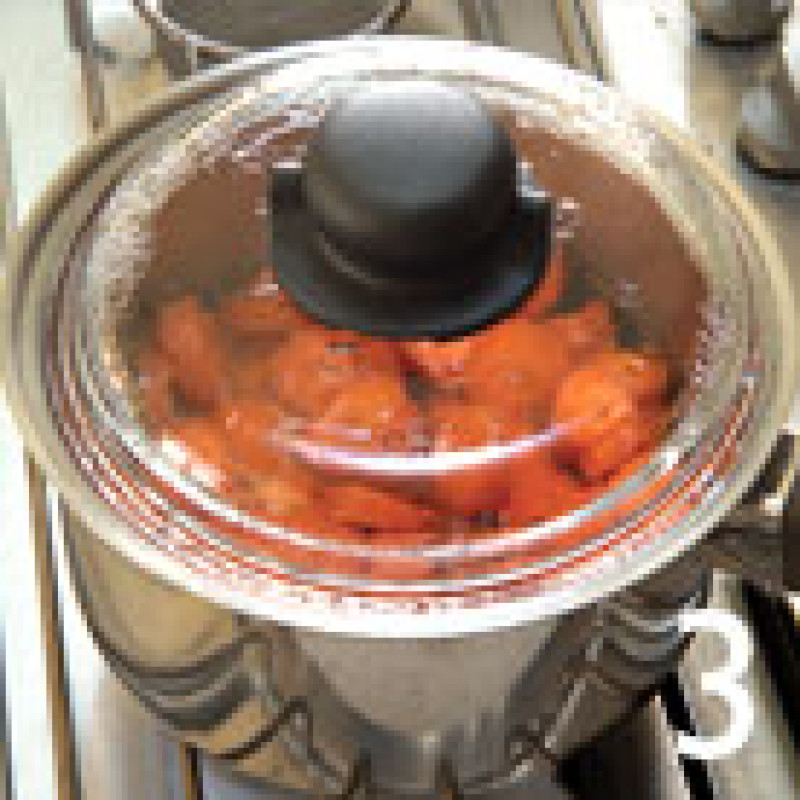
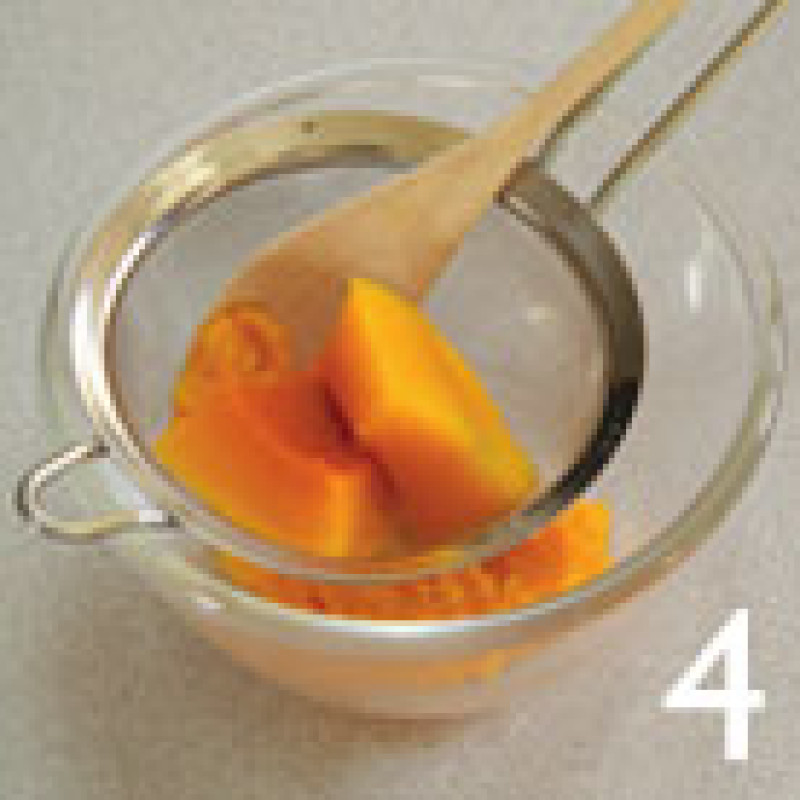
Alternatively, prepare them to the age-appropriate texture. Babies don’t need added sugar, salt, butter or cream in their foods. It may taste bland to you but it is all new to babies. Always test the temperature to avoid burning your baby’s mouth.
Storing:
Freeze in small portions, e.g. ice block trays, and use over the next 3-4 weeks.
Thaw a portion in the microwave or over boiling water. Stir well once heated and always test the temperature before serving.
From around 6 months
Texture: Purée. Soft, smooth, runny. Thin puréed vegetables by adding a small amount of expressed breast milk or formula if needed.
Which ones: Choose vegetables without pips, skins or seeds for example potato, kūmara, pumpkin, carrot, kamokamo, cassava.
Tip: Start with a small amount (½-2 teaspoons) of one puréed vegetable and gradually increase the amount. Introduce only one new food every 2-4 days. If rejected, leave for a few days before trying again.
From 7-8 months
Texture: Thicker purées, food can now be mashed with a fork.
Which ones: Try a wide variety e.g. cooked cauliflower, marrow, courgette, broccoli, yam, peas, swede, turnip, parsnip, pūhā, taro, silverbeet, and spinach. Remove any seeds and stringy bits.
Tip: Offer new vegetables one at a time, maybe mixing a new one with a favourite. If a new food is rejected, keep trying as it can take many attempts for an infant to accept a new food - up to 7-10 times!
Finger Food (from 7-8 months)
Little bite-sized portions of cooked vegetables make an excellent snack or can be used as finger foods as part of a meal. Try cooked potatoes, kūmara, pumpkin, carrot and yams for great taste and texture.
Prepare as above but leave as small pieces so your baby can hold them, ensuring texture is very soft.
Babies can also be offered raw finger foods wrapped in a piece of muslin to stop pieces breaking off.
Try:
- whole small green beans
- celery sticks/slices
- carrot sticks/slices
Let your child chew and suck on the food through the muslin.
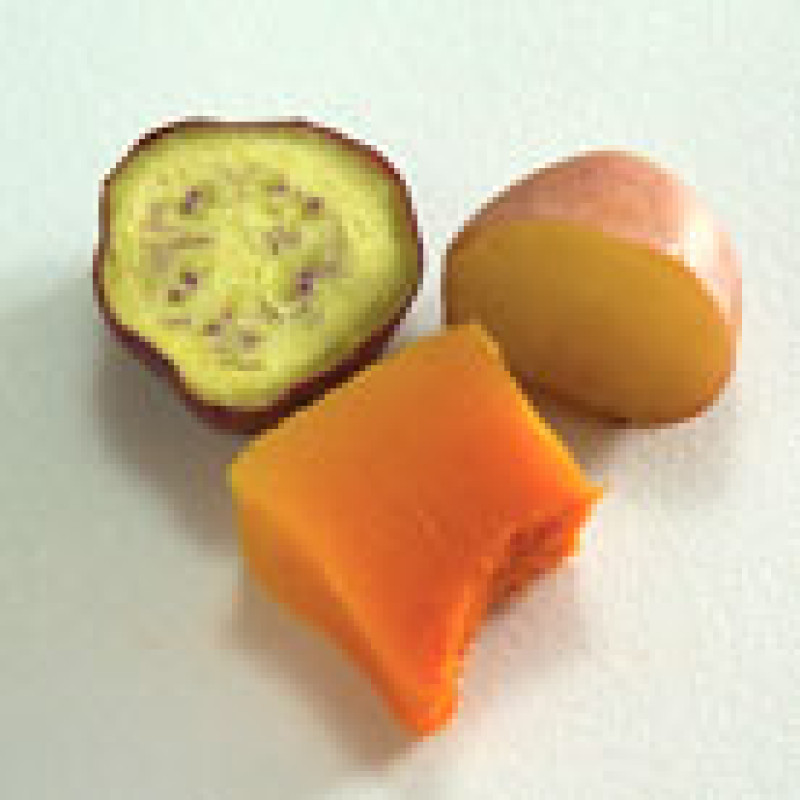
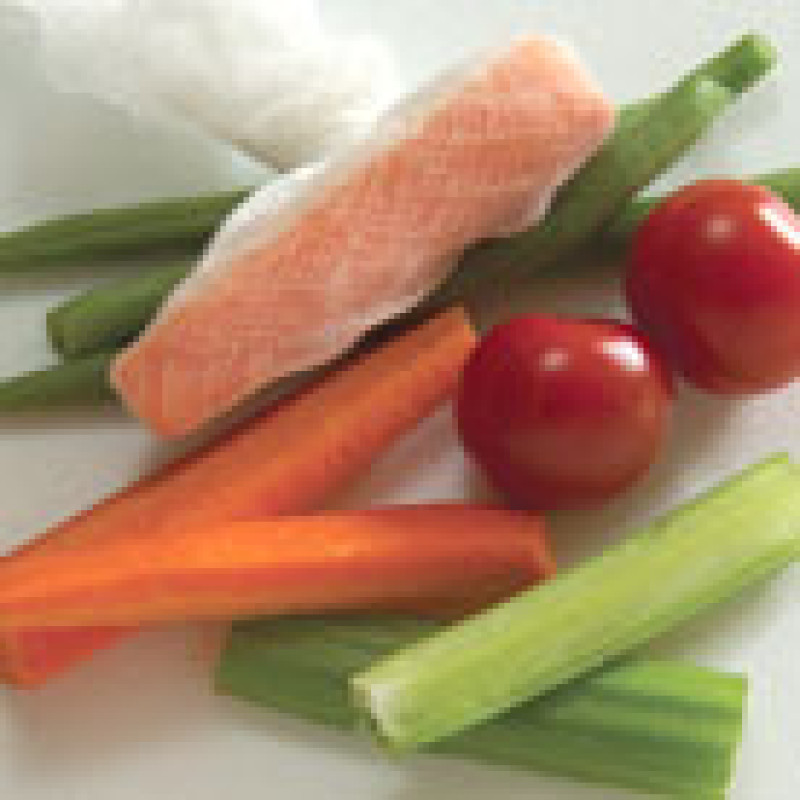
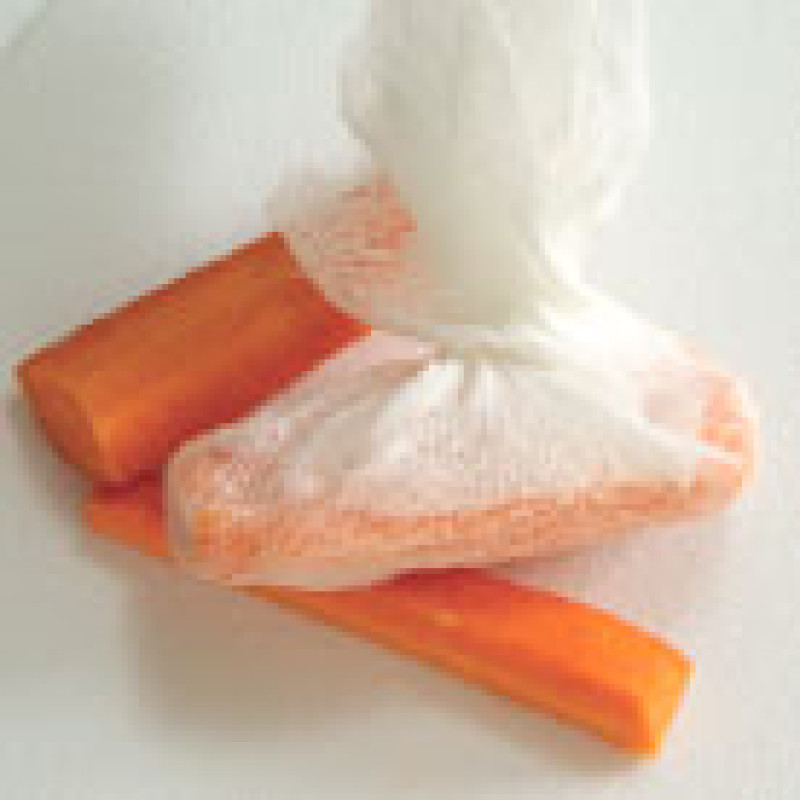
8-12 months
Texture: More lumpy textures, soft chunks, grated, chopped, as well as finger foods.
Which ones: Try cooked capsicum and eggplant, cucumber (peeled and cut into sticks).
From 12 months
Textures: A variety of textures.
Which ones: Family foods, including finely chopped salad vegetables e.g. lettuce, tomatoes.
Tips for successful feeding:
- Choose a time when your child is happy and relaxed, this will help them be more likely to eat more.
- The textures given above are important to prevent choking, but also, always supervise children while eating.
- When possible, include your baby when the rest of the family are eating – they will follow your example so ensure you too are eating a variety of different vegetables at each meal.
Note: It is recommended babies continued to be offered breast milk (or infant formula) until at least 12 months. Up to 8-9 months, the milk feeds are most important and should be offered before solid foods.
This information is specifically about vegetables. However, it is important to introduce a wide variety of other foods also (such as fruits, breads, cereals, dairy products, fish and meats) as per the Ministry of Health Guidelines.
